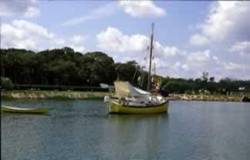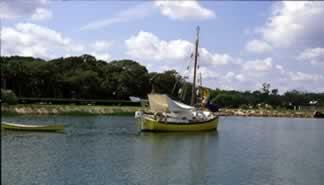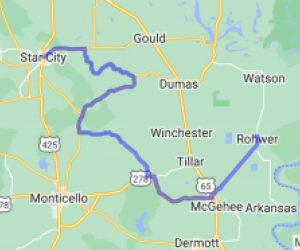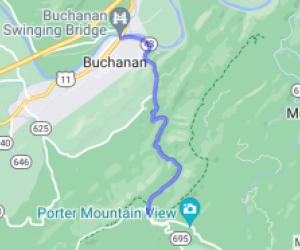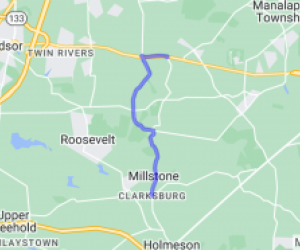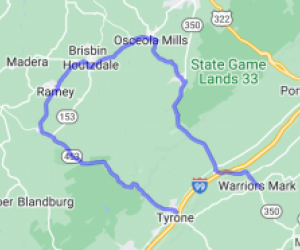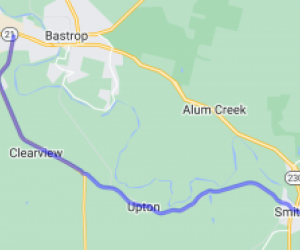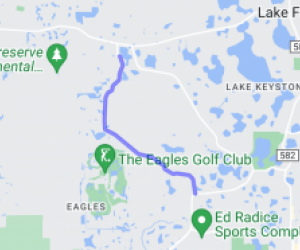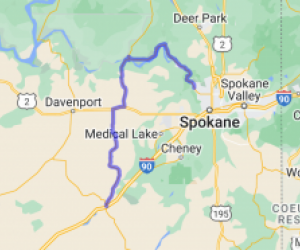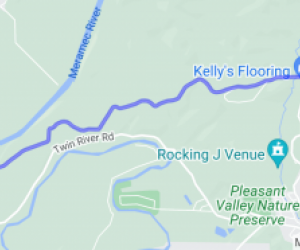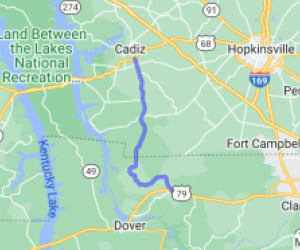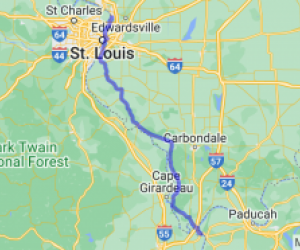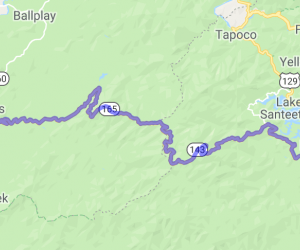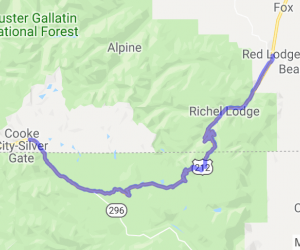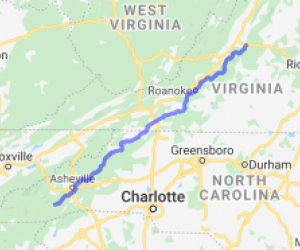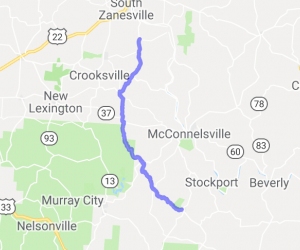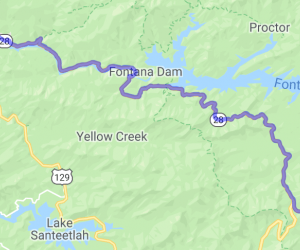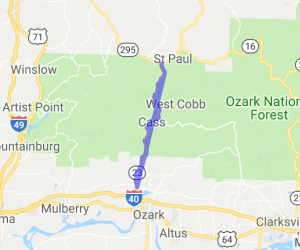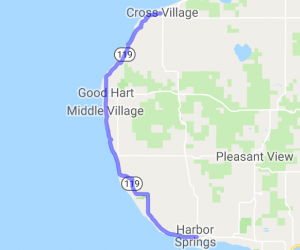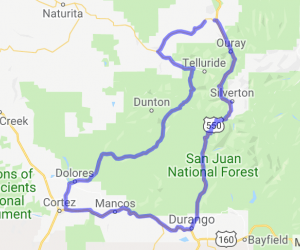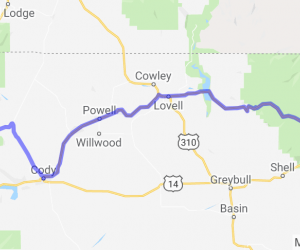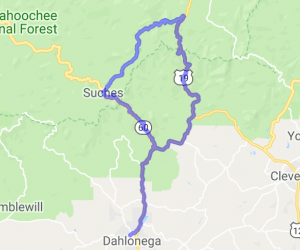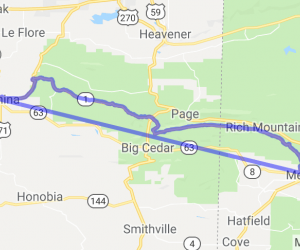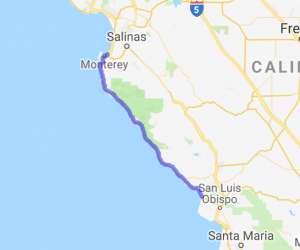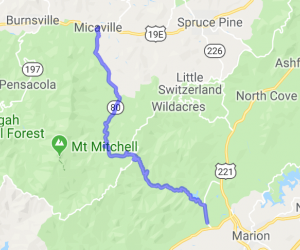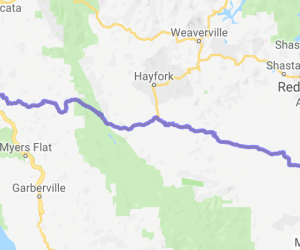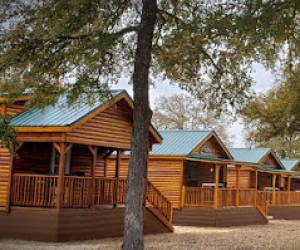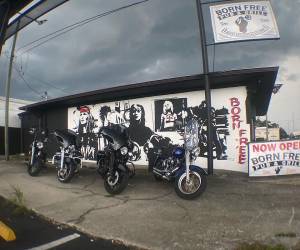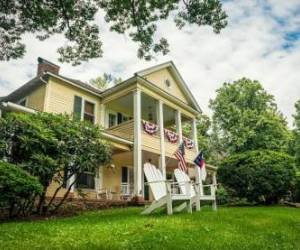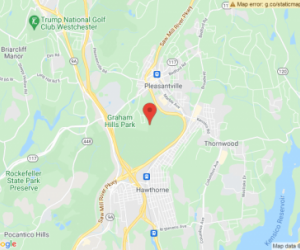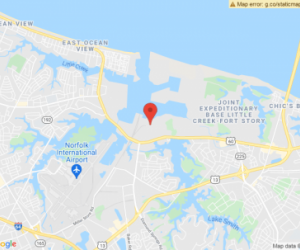Motorcycle Route Author

By Guest (0 McR Points)
on Feb 28, 2003
Rider Reviews
Written Directions
Start your route in St. Augustine Florida. Begin this drive at the junction of A1A North (San Marco Avenue), at the Bride of Lions downtown St. Augustine Historic District (For the side trip to the St. Augustine Historic District mentioned above. Take A1A North about 2 miles from the downtown district. Just after the Old City Jail, turn right, and head east on A1A North, over the Vilano Bridge across the North River. On the right is St. Augustine Inlet. After crossing the Usina Bridge, turn right to find a peace of old Florida as you follow A1A northward.Scenery
This ocean drive along the northeastern Florida coast offers what many people hope to find in the Sunshine State -- access to unspoiled beaches. The beach is significant not only for its panoramic views of the Atlantic, but also because of its tall barrier dunes, anchored by long-rooted plants and trees. This type of towering dune has largely disappeared from Florida's beaches--flattened for development, or for better ocean views, or by storms. This drive also visits an adjacent manmade lake that offers excellent fishing and picnicking opportunities in a little-known state park that shelters bobcat and osprey. You will pass also pass oceanfront homes built on stilts so floodwater can run underneath. And you'll see Guana Lake which is a manmade impoundment teeming with waterfowl, shorebirds, and wading birds, as well as alligators and otters. In winter up to 4,000 migratory ducks, American coots, common moorhens, and common gallinules blanket the lake. You may even be lucky enough to see visiting white pelicans.Drive Enjoyment
No description provided.Tourism Opportunities
Tucked away on St. Augustine's North Shore peninsula is a hidden treasure known to the locals as Vilano Beach. It's Florida the way it used to be -- peaceful, charming and graceful. Located just 2 miles northeast of our nation's oldest city, Vilano Beach is like an island, a quiet retreat, by the waters of the Atlantic and the Intracoastal.Guana River State Park - This 2,400-acre state park has 5 miles of beach and borders a 9,600-acre state wildlife management area. Pick up a park brochure from the self-service box at the entrance gate, then follow the hard-packed, sandy road about half a mile through low palmettos to the small dam and unpaved parking area. Here you'll see a sweeping view of the Guana River tidal marsh and adjoining Guana Lake. Check on the information board at the dam for maps of backcountry roads and ranger-led events. The best times to view wildlife are early morning or late afternoon. The osprey is one of about 185 bird species found in this area, along with migrating birds. Falcons and hawks can be spotted in fall and winter, and sometimes the rare peregrine falcon as well. At the dam look for brown pelicans paddling on the water and squatting on the shore. Oyster beds, which look like grayish-black clumps in the muck on the south side of the dam, are exposed at low tide. Look in the marsh here for large wading birds, such as great blue heron and great white heron.
If you're up for it, you'll be able to take advantage of some hiking where you'll spot white-tailed deer, gopher tortoises, raccoons, and elusive bobcats. The lake and inland trails are popular during hunting seasons. The region's fish, shellfish, sea turtles, and abundant mammals were hunted by the aboriginal Timucua Indians, who piled up mounds of shells and other remains. Some of these mounds can still be seen in the park.such. Some of the trails available along this route are: - 10-mile Hammock Road is a narrow service trail - 1-mile Shell Bluff Road to the Tolomato River (which forms the
western edge of the park) - 3-mile Timucua Trail - 2.8-mile South Peninsula Loop.
There are several public beaches along A1A, where you can stop and visit the ocean. Two of which you will pass will be South and North Beach. Parking for South Beach will be on the left. The beach is across the highway. This beach is often crowded, so you may choose to continue north on A1A another 1.2 miles to North Beach, where parking is also on the left. Neither beach has a fresh water source, and the restrooms are port-a-johns. Whichever beach you choose, you'll find 30- to 40-foot sand dunes punctuating the landscape, supporting such plant life as prickly pear cactus, cabbage palm, palmetto, sea oats, and beach wildflowers such as fire wheel and Indian blanket. Climb the wooden observation decks at each beach for a bird's-eye view of both the Atlantic Ocean and Guana Lake. The decks are also a good place to look for birds and migrating right whales, which calve near the shore during the winter months. Taking the boardwalk down to the beach, you can walk along the high-tide line to examine seaweed, driftwood, starfish, sea slugs, and shells tossed up by ocean waves. (Today most beachcombers take only the shell skeletons, leaving the live ones to reproduce.) If you are interested in visiting a golf resort, you can continue from the park beaches north about 2 miles to Ponte Vedra Beach. Otherwise, trace your path back to the start of this drive for a side trip to St. Augustine.







